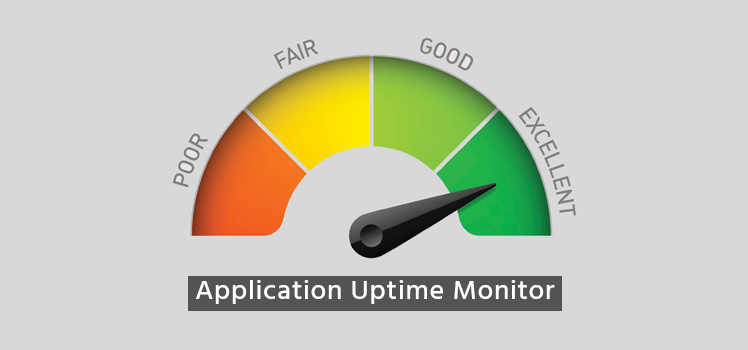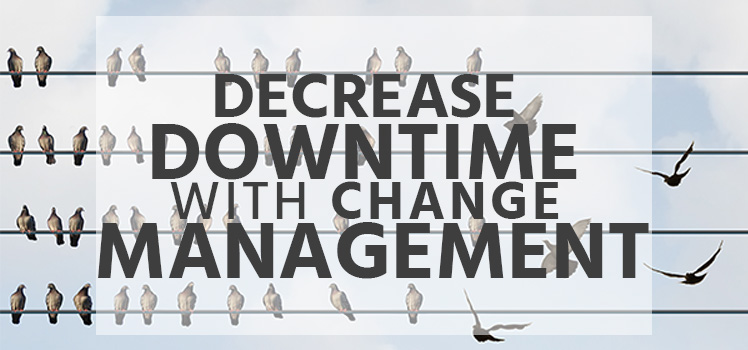Significant Cloud Outages of 2014
There is no question that the cloud is imperfect. Whether your business uses public, private or a hybrid cloud, outages happen all the time and are a part of life. At Total Uptime, we know this fact quite well, and that’s the primary reason we created our Cloud Networking solutions, such as our Cloud Load Balancer or Cloud Failover. Total Uptime customers are ecstatic with the fact that they’ve regained control over traffic routing by using our solutions. Now, when outages happen (and they always will), our customers remain in the drivers’ seat, redirecting traffic manually or automatically from one location to another to continue delivering service to their end-users uninterrupted.
There will always be an increasing requirement for improved uptime, we have no doubt. This CRN article covers some of the biggest cloud outages of 2014 that disrupted service for millions around the world.
January 10 – Dropbox was down across the globe as a result of an OS upgrade on some of their machines that store databases. They recovered most of the service from backups within three hours, but full core service was not fully restored for two days.
April 21 – Samsung had a data center fire in South Korea that created several hours of downtime for smartphones, tablets, credit card services, Smart TV and other devices around the world causing many to wonder why a single data center affected so much.
May 16 – Internap and several of their prestigious customers in New York including Livestream and StackExchange suffered a 7 hour outage when a UPS system failed after a utility power outage affected the region.
June 23 – Microsoft Lync; June 24 – Microsoft Exchange; both platforms suffered outages lasting up to 9 hours caused by “external network failures”. It was quite unfortunate that this affected Microsoft hosted offerings two days in a row, but they say there was no relation between the two.
June 27 – Verizon Wireless suffered a widespread outage that brought down parts of its billing systems, online accounts and retail stores for about a day.
June 30 – In an intentional act by Microsoft citing cybercrime perpetrated against its users, they seized 23 domains from dynamic DNS provider No-IP.com which took down service for millions of customers including some SonicWall appliances, a network security vendor acquired by Dell in 2012.
August 18 – Windows Azure cloud went dark for as many as 5 hours after a security patch for Windows 8.1 caused technical problems. Virtual machines, automation, backup and Site Recovery went down in multiple regions simultaneously.
November 18 – Windows Azure cloud suffered another significant multi-region outage caused by a glitch in a performance update to its cloud storage service.
November 26 – Amazon Web Services CloudFront DNS went down for two hours knocking many websites and cloud services offline around the globe that used the CloudFront CDN.
Late November – A Xen Vulnerability required urgent patching and reboots for several major public clouds including Amazon Web Services, Rackspace and IBM Softlayer, for which many providers offered little to no notice, disrupting operations for many customers.
 What is an Application Delivery Network?
What is an Application Delivery Network?  Global Server Load Balancing (GSLB)
Global Server Load Balancing (GSLB)  Measuring Failure
Measuring Failure 


